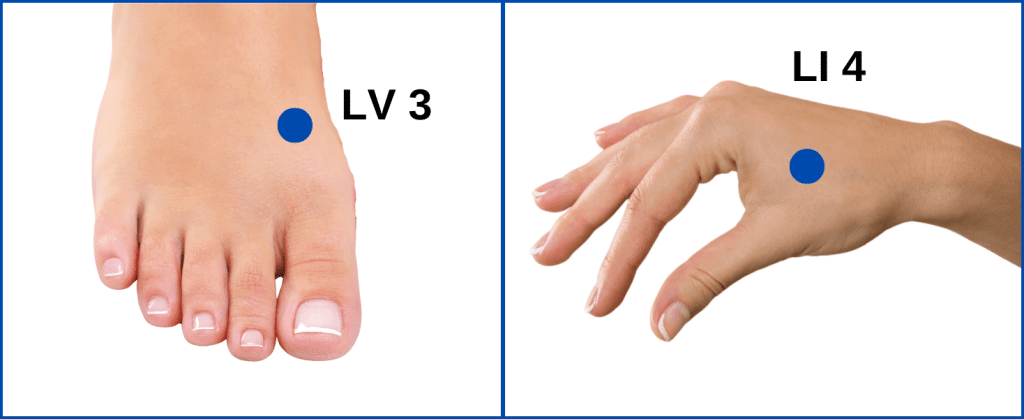One common method for releasing tension and discomfort is the simultaneous stimulation of trigger points in the body. This well-known technique blends principles from traditional Eastern medicine with anatomical and physiological knowledge from Western medicine. The approach focuses on pressing several strategic points at the same time to activate natural relief mechanisms and support a sense of balance.
What Are Trigger Points?
Trigger points are areas in the body where tension builds up in the muscles and soft tissues. They may cause localized or referred pain and affect daily functioning. In Eastern medicine, these are recognized as pressure or acupuncture points, while in Western medicine they are identified as hypersensitive areas associated with muscle overload or lack of mobility.
Simultaneous Stimulation of Trigger Points
A unique method of easing tension involves applying pressure to multiple points simultaneously. For example, pressing the point between the thumb and index finger (LI4) together with the liver point on the foot (LV3) may enhance the effect. This combined stimulation influences the nervous system, encourages the release of endorphins, improves blood flow, and contributes to reducing pain and tension.
Benefits of the Method
-
Pain relief: Trigger point stimulation is also used in coping with chronic pain such as migraines, back pain, or muscle discomfort.
-
Improved body function: Supporting blood flow and contributing to better system performance.
-
General relaxation: Encourages the nervous system to enter a calmer state, helping to reduce mental stress.
How the Process Works
During a trigger point session, the person sits or lies comfortably while gentle but focused pressure is applied to several points in the body. For example:
-
Hands: LI4 (between thumb and index finger)
-
Feet: LV3 (on the top of the foot, between the big toe and the second toe)
-
Back: upper trapezius muscle (for neck and shoulder tension)
Combining Eastern and Western Perspectives
The trigger point method draws on anatomical knowledge from Western medicine along with balance concepts from Eastern traditions. In Western medicine, nerve stimulation in pain areas may lead to endorphin release and improved blood flow, while in Eastern medicine it is seen as a way to restore overall body balance. Together, they create a holistic approach that may help reduce pain and stress.
Conclusion
Multiple trigger point stimulation offers a non-invasive tool that can contribute to coping with various forms of pain and tension. However, its effect often diminishes after a few minutes, and in traditional practice, more than one person is sometimes needed to apply pressure on several points simultaneously.
Next Steps
Alongside medication, there are also non-invasive, drug-free approaches aimed at supporting migraine symptom relief and improving quality of life.

